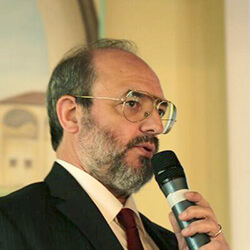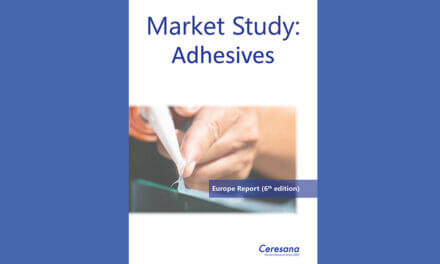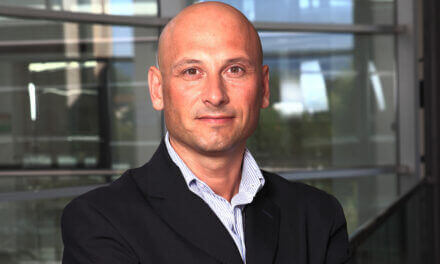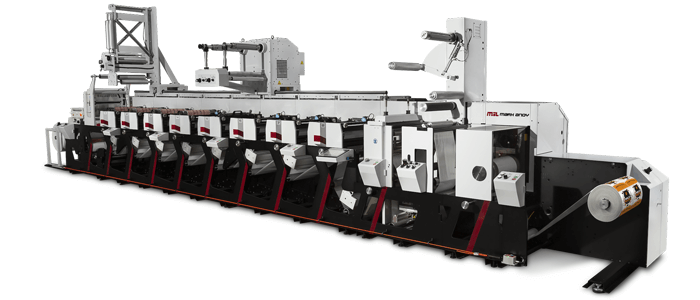Machines without components, equipment that does not perform the function they were purchased for, plants idle for months, sometimes years… How many of these stories have we heard? Unfortunately, they are often true, and they generate huge damages for stopped production, non-compliant processes, legal disputes, bitter blood… Knowing how to correctly formulate and manage the purchase contract avoids all this.
By Francesco Bordoni
The purchase of a production machine should always generate a fair and mutual benefit to the contracting parties, both the seller and the buyer. Often, unfortunately, this is not the case. All too often the machine that is installed does not correspond to what the buyer thought he was getting, and on re-reading the contract one realises that something was not considered correctly by the buyer, the seller or, often, both.
In a series of articles – of which this is the first – we address this issue with the aim of helping contracting parties to prevent possible unpleasant surprises. To this end, we list and analyse what we consider to be the steps to take in order to achieve the purchase and then verify that the good received by the buyer corresponds exactly to both requirements and expectations. These are seven basic steps:
- feasibility study
- contact with suppliers
- definition of the purchase contract
- definition of the calibration protocol
- signing of the purchase contract
- test execution
- acceptance of the machine.
1) THE FEASIBILITY STUDY
This is the most important and delicate phase, so it must be carried out in great detail as it identifies the machine that is actually needed and will be needed for a given number of years. There are several variables to be examined and analysed, and to properly carry out the study requires all the time needed, without taking shortcuts. In fact, while a wrong investment is detrimental to the company, and an investment that is not centred is at best a useless expense, a centred investment can be the trump card for the current period and future years.
Choosing the team
The feasibility study is not a solitary activity but a team activity; therefore the first step is to choose the team that will carry it through to completion. With a preliminary warning: those taking part in the feasibility study must live this experience as mutual help and not as a competition.
Those participating in the study must be endowed with:
- team spirit
- intellectual honesty
- specific skills in technology, logistics, marketing, product sector expertise
- expertise in industrial costs
- knowledge of current regulations
- proactive spirit
- ability to work under stress
Identifying the type of investment
The first task the ‘team’ has to face is to identify the type of investment on which to carry out the feasibility study, i.e. to define whether it is prepress, printing, die-cutting, folding, etc. Once this is done, the team has to move on to identify what type of machine would be needed, for example an automatic platen with extractor or with ejector and separator, with a larger format, with all the variables together…
Technological examination
This examination is required to contextualise the possible new machine in the environment in which it should operate: the feasibility study for a sheetfed printing machine is different from a webfed one or a die-cutter.
The technological examination must be thorough, detailed, objective (and this is the most complex and delicate part), and requires checking all technical features and non-standard additional accessories (optional extras).
Projections of characteristics must be made to simulate the behaviour of the machine under examination, both in terms of productivity and quality. For this, waste quantities for start-ups, production-related quotas and any specific requirements, such as laboratory tests to be carried out externally, must be projected. Furthermore, the times for routine maintenance must be projected and, finally, the expected useful life of the machine, in order to be able to carry out industrial depreciation calculations and the return on investment (ROI).
In this context, less intuitive factors must also be taken into account, such as the skills that operators will need to have, and whether extra updating courses will have to be scheduled for training in the use of the machine. This phase will also identify and define production controls and tests, acceptance tolerances, and the measuring instruments to be used.
Productive impact
Once the points outlined above have been defined, the productive impact of the investment(s) under consideration must be identified and calculated. There are two possible situations: replacing an existing and installed asset, and adding to an existing and installed asset.
In this second hypothesis, it is sufficient to add the new asset to the existing one; in case of replacement, on the other hand, one must calculate the Δ between what is projected for the possible investment and what the installed one produces. For simplicity’s sake, let us take the following example: the machine already installed produces 9,000 sheets/hour equivalent to 3 pallets (3,000 sheets/ pallet), while the new machine would produce 12,000 sheets/hour or 4 pallets instead of 3.
This variation impacts on:
- production: the quantity of material to be kept on hand will therefore have to be increased,
- reduction of time in production: in order not to stop the machine, multiple orders must be accepted, with the consequences we will see later,
- increase in fiscal documents: with the increase in the number of orders, the DDT (transport documents) and invoices also increase.
Logistical impact
In short, the possible new investment will lead to changes in the quantities of raw materials, semi-finished and finished products, and therefore both warehouses and logistics hardware and software must be adjusted accordingly.
A check of the warehouse space and the type of warehouse must also be carried out to see whether the overall increase in quantities handled suggests an expansion of the manual warehouse or a switch to an automated warehouse. To return to the previous example, in one hour, 4 pallets instead of 3 will have to be handled, which will also have an impact on horizontal internal handling equipment. The question then is: are the available trucks and equipments enough?
Commercial impact
Given the impact of the possible new investment on production and logistics, it will be necessary to check whether the commercial approach will also need to be strengthened/changed – in terms of offering (the quantities offered will change) and market positioning. If, for example, the new investment increases the added value of the printed product, the printer’s commercial structure will have to address customers who require this type of product. This entails market research, training of the sales force, a possible new approach to the market and customers, and the ability to handle more orders.
Economic Impact
By economic impact we do not mean here the form of payment for the investment – which will be the subject of financial considerations – but the costs generated by the increases examined in the previous points, which concern both materials and equipment, and personnel. For example, if the number of human-controlled (i.e. non-automated such as AGVs, LGVs, etc.) internal handling vehicles is to increase, new personnel will have to be hired and trained to operate the vehicles.
Training impact
Based on evaluations of the technological, productive and commercial impact, the existing skills and the need for any training, refresher or training courses, at various levels – with subjects covered in a manner appropriate to the function to be trained – must be verified.
End of the first part. The second will be published in Converting 2/2023.
 Francesco Bordoni (Ci.Ti.O) is an expert in the various production processes – from pre-press to finished product – of Graphic Arts and packaging. Well-known in the industry, he works as a consultant, publicist and trainer in the Graphic Arts; he is also a court expert with expertise in technologies, production flows and raw materials.
Francesco Bordoni (Ci.Ti.O) is an expert in the various production processes – from pre-press to finished product – of Graphic Arts and packaging. Well-known in the industry, he works as a consultant, publicist and trainer in the Graphic Arts; he is also a court expert with expertise in technologies, production flows and raw materials.

















